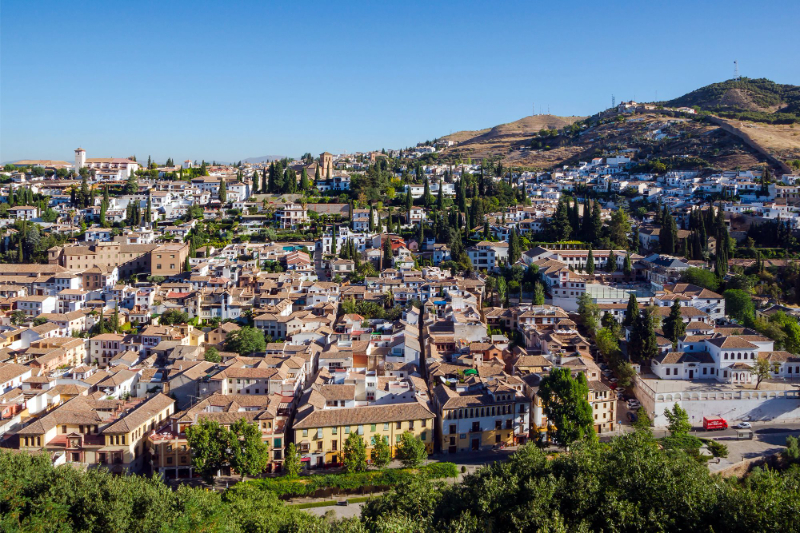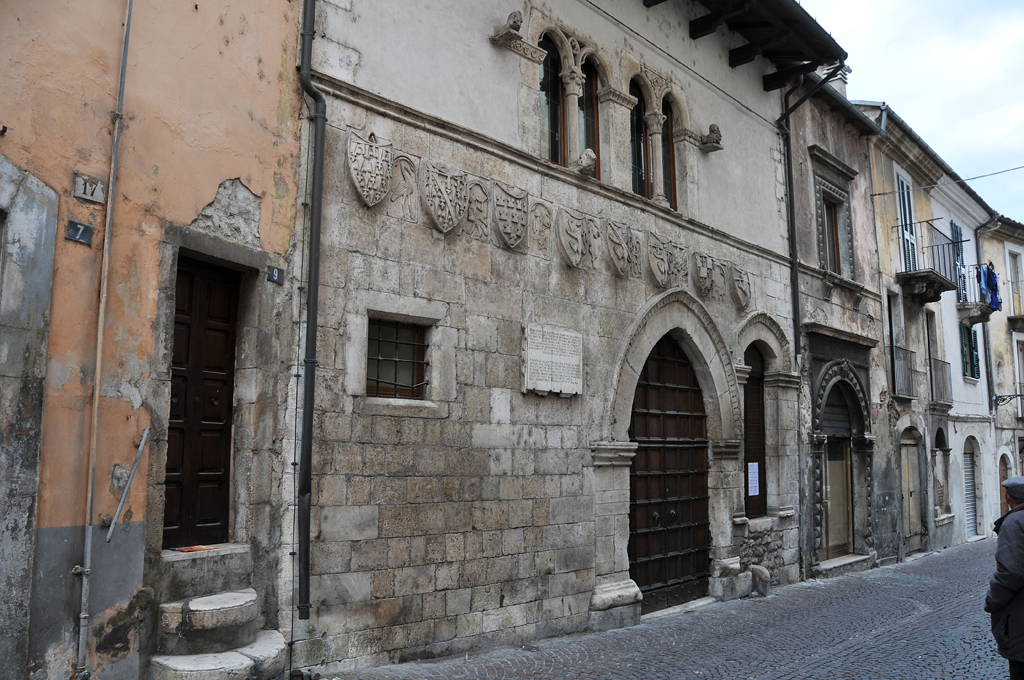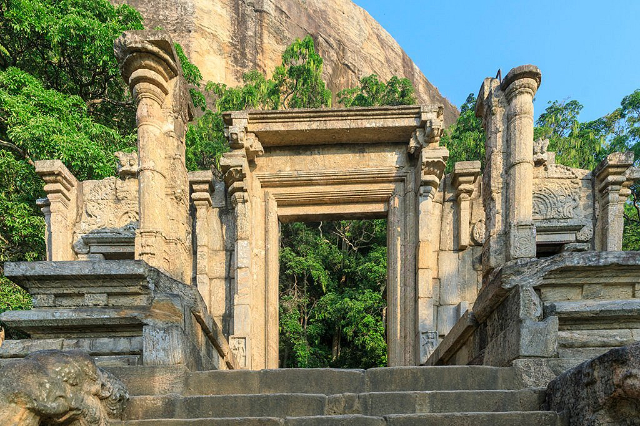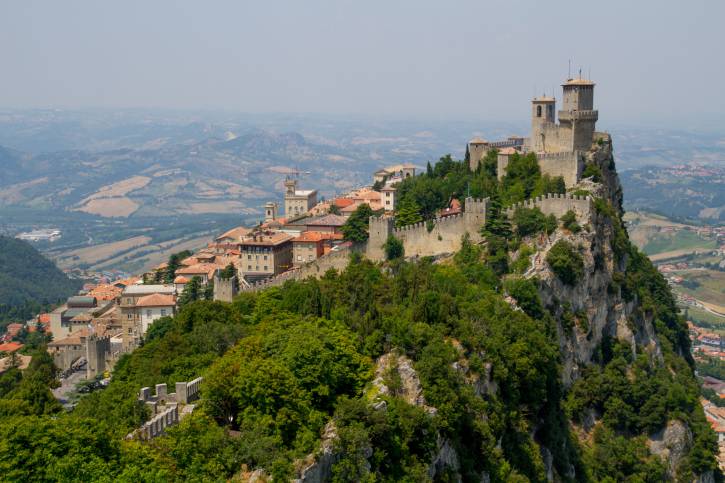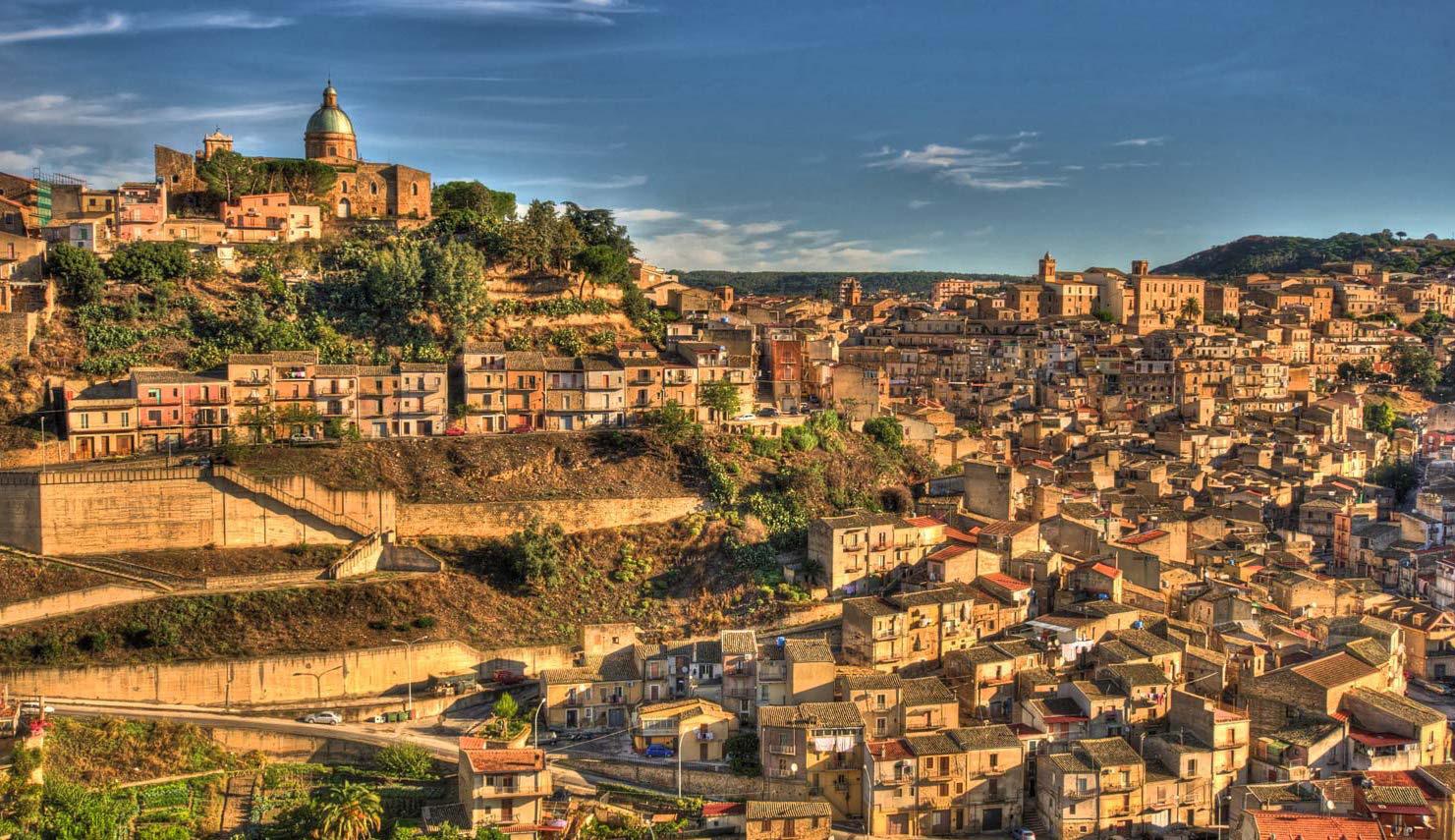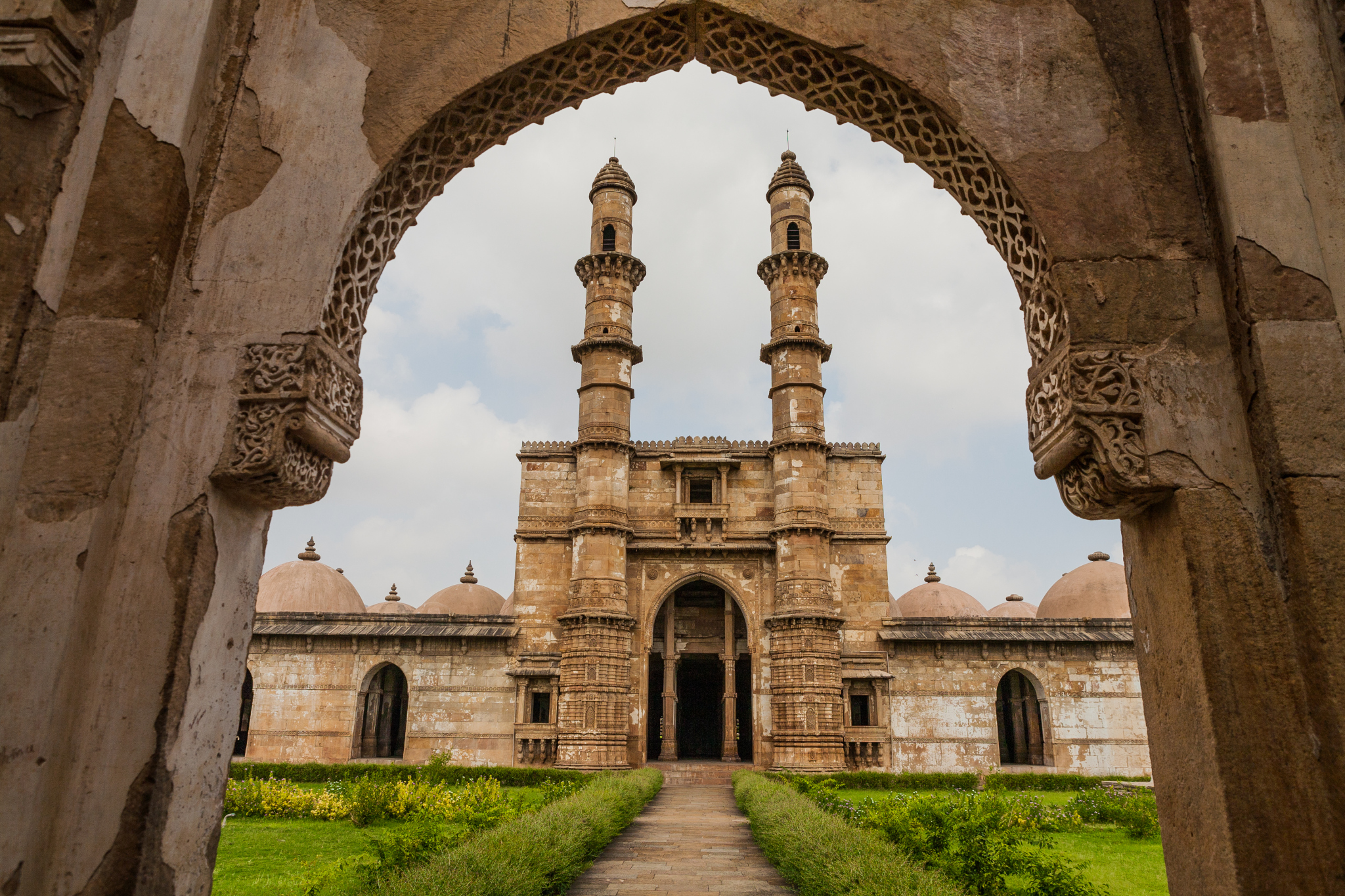The Albaicin is the oldest and most iconic part of Granada: think narrow, car-free alleyways winding their way up a steep slope to the Alhambra, and a strong Moorish influence. This is a beautiful, romantic and cozy area to stay; it’s also very easy to get lost in the winding passageways!
If you are wondering how to get to this magical place, you need not worry. Finding the Albayzin is nothing simpler than that: if you have completed the Alhambra tour, all you have to do is exit the monumental complex and look in front of you.
You will be faced with a hill, exactly opposite the one on which the Great Mosque, now the Cathedral, stands. The two hills are divided by a river, the Darro, and seem to be really intimately connected to each other.
A favorite spot for photographers from all over the world because of the breathtaking view visible from every angle, the Albayzin represents the Arab quarter of the city, the beating heart of its culture and tradition. Precisely because of its priceless beauty, the inner neighborhood was declared a UNESCO World Heritage Site in 1984, along with the Alhambra and Generlife.
At one time the Albayzin of Granada was the site of an Iberian and Roman fortress and the first home of the 11th-century moors. In the last years of the Nazrid dynasty the neighborhood reached its peak, with a population of as many as 40,000 people and some 30 mosques. It became undoubtedly the most populous ward in the entire city.
After the Catholic reconquest, it remained the city’s Muslim neighborhood, although the population soon began to decline exponentially due to the expulsion and forced conversion of Muslims by Catholic monarchs.
It was during this historical period that the “Carmens,” typical dwellings of the neighborhood that still represent one of its peculiarities, sprang up. The mosques were destroyed and several churches were built in their place. However, it is still possible to catch a glimpse of the remains of the original buildings, such as the Church of San Salvador, which rose on the ruins of the Mezquita Mayor of the Albayzin of Granada. In 2003 the upper Albayzin became the site of the Great Mosque of Granada, the first in the city since 1492.
Another example of Muslim architecture you can still admire is the “Aljibes,” underground cisterns built for water storage.
